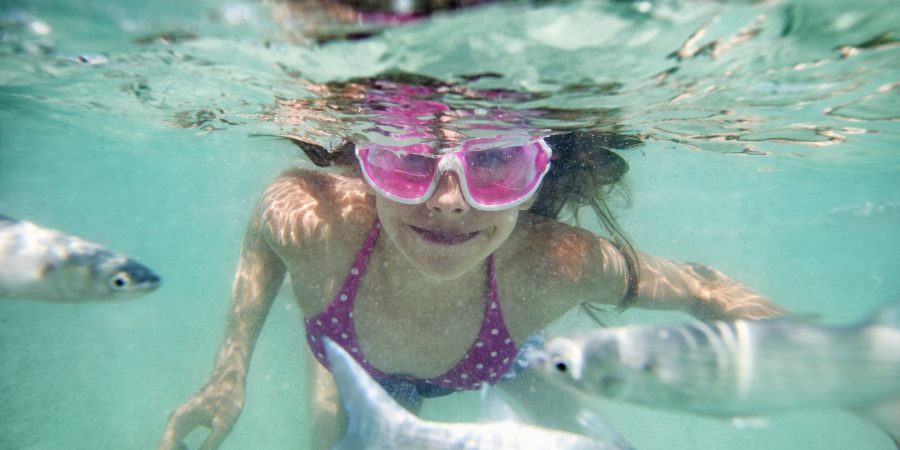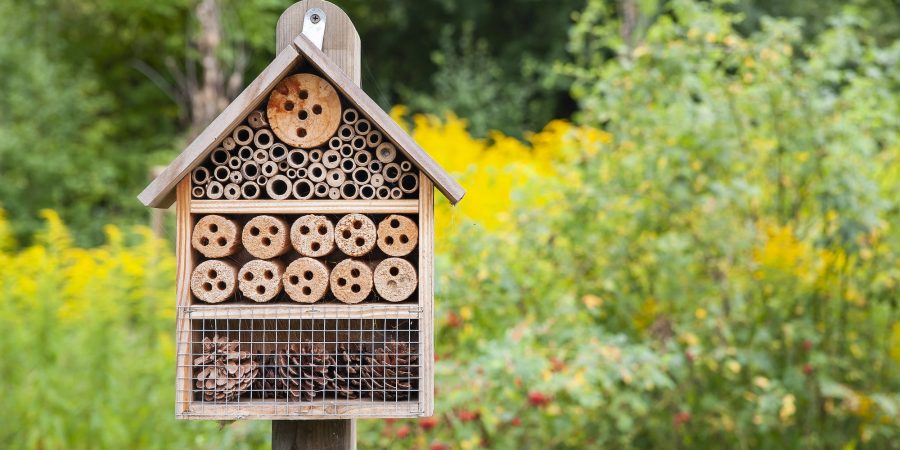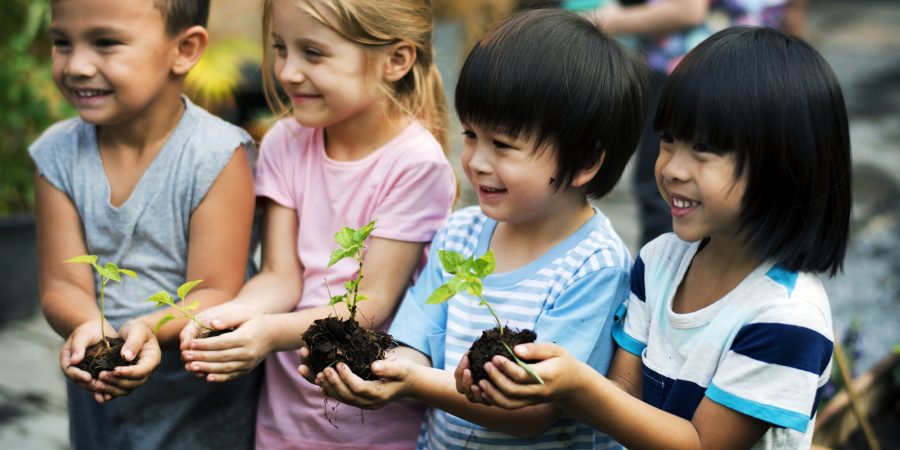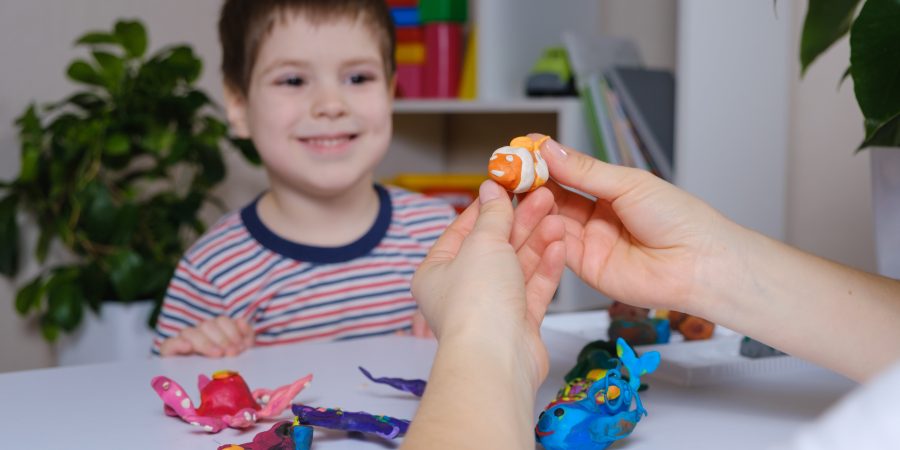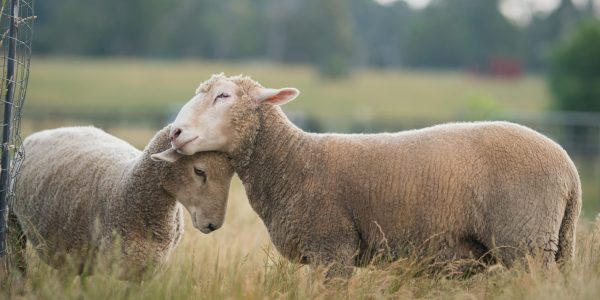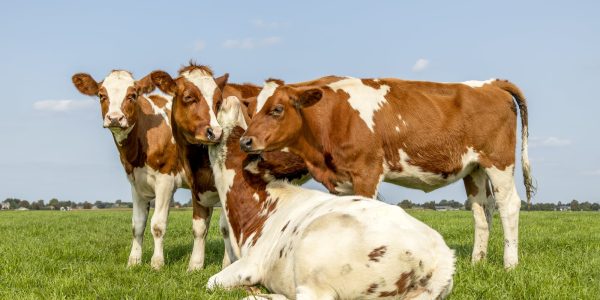Have you ever seen a hen blissfully sunbathe, or a sheep run joyfully when they hear their name called? Many people, children and adults alike, don’t get to spend much time with animals who are typically farmed, like chickens, sheep, pigs and cows. When visiting a farmed animal sanctuary, you’ll get to see these animals in a brand new light!
Safe and free to express natural behaviours, their wonderful personalities shine through, and they’re as unique and varied as those of the companion animals we share our homes with.
Some sanctuaries offer tours specifically for children, like Edgar’s Mission in Victoria. Guaranteed to bring beaming smiles to faces all around, kids get to meet the animals and hear their stories. Supporting sanctuaries through tour tickets, merchandise and donations helps to fund the rescue, rehabilitation and life-long care of these animals in need, who are too often overlooked. This is not an exhaustive list, but some sanctuaries in other Australian states are Where Pigs Fly (NSW), DRU (QLD), Brightside (TAS), Freedom Hill (SA) and Greener Pastures (WA).





